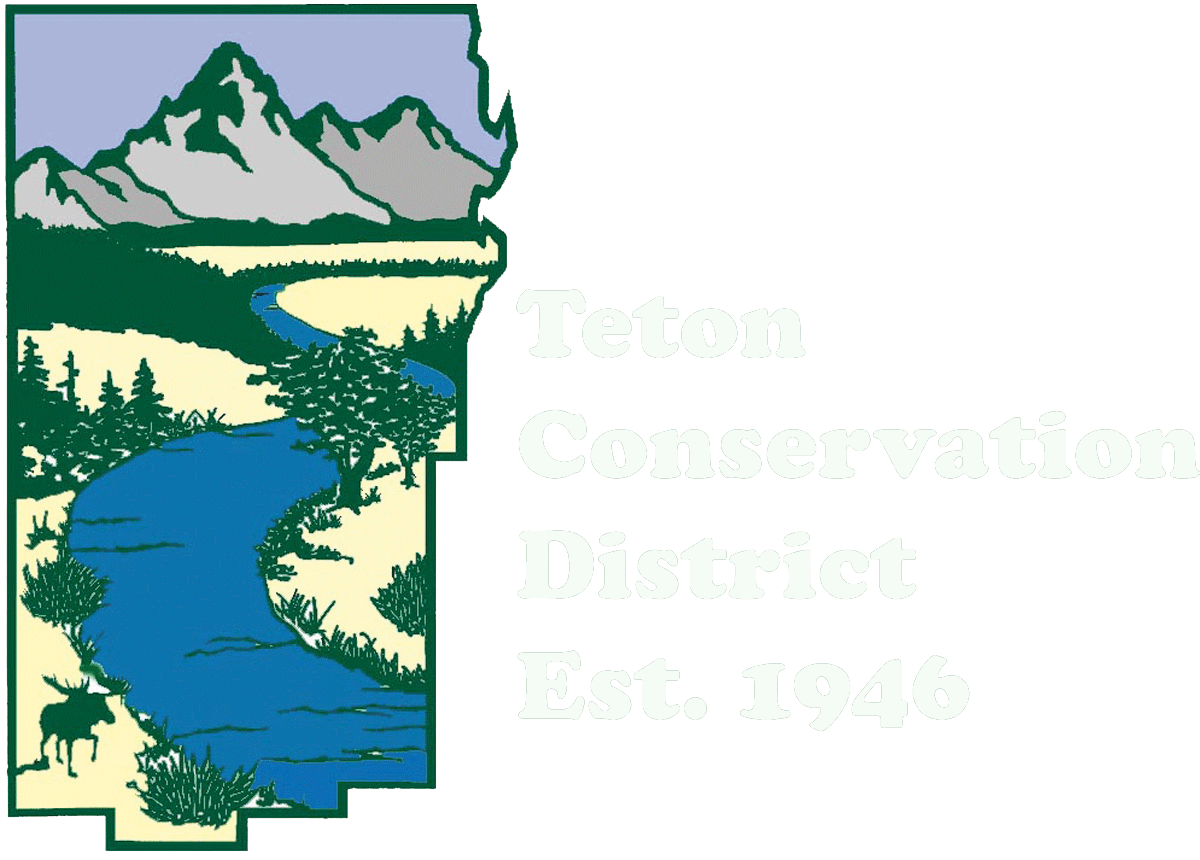By Carlin Girard, Executive Director
According to local meteorologist Jim Woodmency, July 2024 “…has been warm and dry” but “far from the hottest we’ve seen.” Woodmency speaks to the severity of heat and drought from the Dust Bowl Era in the 1930s, which was literally the reason Conservation Districts were established. (See more about TCD’s history here). We can summarize by saying that the Dust Bowl was characterized by multiple years of extremely hot and dry weather across the West and Midwest. According to Woodmency, the Town of Jackson recorded its highest ever temperature in July 1934, hitting 101 degrees.
In the world of natural resource conservation, however, there is another layer on top of the meteorological condition, and that is ‘Consumptive Use!’
According to the US Census, the Town of Jackson population during the Dust Bowl was 533. And while our residential population has obviously climbed, get this, Grand Teton National Park had 3,400,000 visitors in 2023! Are you getting my point? The amount of water we are using in Teton County, WY, has increased significantly, impacting our groundwater, which supplies all our drinking water. Even with all of our new residents and visitors, keeping lawns green in summer is a huge part of our consumptive groundwater use.
This essay is intended to make a pitch that due to growth, conservation is needed to protect our water resources. Consider these simple, but not commonly known tricks, that I use to greatly reduce water use while maintaining a healthy lawn.
1) Mow just before cooler, wetter, cloudy periods!
a. Mowing beats up your lawn, and the hotter and drier it is, the more damage it does. The more you damage your lawn, the more water it takes to heal it and keep it green. Mowing at dusk right before forecasted rain is ideal.
2) Water your lawn the day before you mow your grass!
a. If you are like me and water your lawn as infrequently as possible, giving it a good soak before mowing ensures the grass stays healthy and prepares the soil to provide the necessary hydration for recovery after mowing.
3) Don’t mow your grass too short!
a. Leave your mow height high! Short grass loves to bake and die in the heat of summer. Longer grass is far more resilient as a plant, and shades the soil, reducing evaporative loss. I hate how often I see grass mowed as short as a putting green, completely brown, with a sprinkler running 24 hours a day to try and bring it back to life. Totally unnecessary.
b. Also, intentionally un-mowed areas are a nice aesthetic feature that require very little water, if any.
A lawn that is healthy but surviving on minimal water grows slower and requires less mowing, which in turn requires less water to heal after mowing. And my final plug, our native vegetation requires NO supplemental water, so minimize your lawn to what you really need as lawn.
For more standard recommendations about reducing water use and limiting other negative impacts from landscaping, check out the Trout Friendly Lawns program at JHCleanWater.org.


